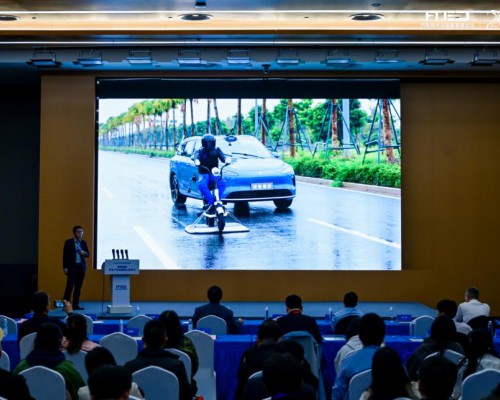In the US, approximately 35% of adults with systemic lupus erythematosus (SLE) have clinical evidence of nephritis at the time of diagnosis, with an estimated total of 50–60% developing nephritis during the first 10 years of disease. The prevalence of nephritis is significantly higher in African Americans and Hispanics than in whites, and is higher in men than in women. Renal damage is more likely to develop in nonwhite groups . Overall survival in patients with SLE is approximately 95% at 5 years after diagnosis and 92% at 10 years after diagnosis (5,6). The presence of lupus nephritis (LN) significantly reduces survival to approximately 88% at 10 years, with even lower survival in African Americans.
The American College of Rheumatology (ACR) last published guidelines for management of SLE in 1999. That publication was designed primarily for education of primary care physicians and recommended therapeutic and management approaches for many manifestations of SLE. Recommendations for management of LN consisted of pulse glucocorticoids followed by high-dose daily glucocorticoids in addition to an immunosuppressive medication, with cyclophosphamide (CYC) viewed as the most effective immunosuppressive medication for diffuse proliferative glomerulonephritis. Mycophenolate mofetil (MMF) was not yet in use for LN and was not mentioned. Since that time, many clinical trials of glucocorticoids plus immunosuppressive interventions have been published, some of which are high-quality prospective trials, and some that are not only prospective but also randomized. Therefore, the ACR determined that a new set of management recommendations was in order. A combination of an extensive literature review and the opinions of highly-qualified experts, including rheumatologists, nephrologists, and pathologists, has been used to reach the recommendations. The management strategies discussed here apply to LN in adults, particularly to those receiving care in the US, and include interventions that were available in the US as of February 2012.
While these recommendations were developed using rigorous methodology, guidelines do have inherent limitations in informing individual patient care; hence, the selection of the term “recommendations.” While they should not supplant clinical judgment or limit clinical judgment, they do provide expert advice to the practicing physician managing patients with LN.
狼疮性肾炎能生孩子吗 2012年美国风湿病学会狼疮性肾炎诊治攻略
精彩推荐
- 护肤4.0时代:科学实证重塑护肤价值逻辑

随着越来越多的医疗级技术家用化,护肤行业正从概念营销迈入科学实证新阶段,以专业技术为内核的科学护肤时代已然来临。消费需求的转变,正是这场变革的核心驱动力。《2025...详细
- 以全方位安全守护重塑出行体验,问界新M5 Ultra闪耀广州车展

2025年广州国际车展如期而至,作为年末最具影响力的汽车盛会,现场汇聚了全球主流品牌与前沿技术。在众多展台中,问界新M5 Ultra跃影红车色惊艳亮相,以及扎实的产品力,成...详细
- "迷你至简"又多元个性,可以入手的PAUL SMITH设计师款MINI汽车广州亮相

11月20日,在广州溯榭映美术馆举办的MINIPaul Smith设计沙龙上,MINI PAUL SMITH设计师款完成了它的中国首秀。MINI品牌设计总监Holger Hampf在沙龙现场表示 :每一天都是新...详细
- 中汽研实测满分认证!鸿蒙智行全系安全硬实力破局行业乱象

随着辅助驾驶功能从高端车型的专属配置逐步下沉为新能源汽车的标配选项,消费者对这项技术的关注点始终聚焦于最核心的安全性上。然而,近年来频发的辅助驾驶相关事故、各第...详细
本周热门
- 同仁堂健康双十一活动开启 “象食养医”倡导从健康的时候就关注健康

如果你想了解自己身体的秘密,让健康成为日常的生活方式,保持年轻的状态,实现抗衰老,逆生长的美好愿望,那么今年双十一的这场活动你一定不要错过。11月1日,同仁堂健康...详细





